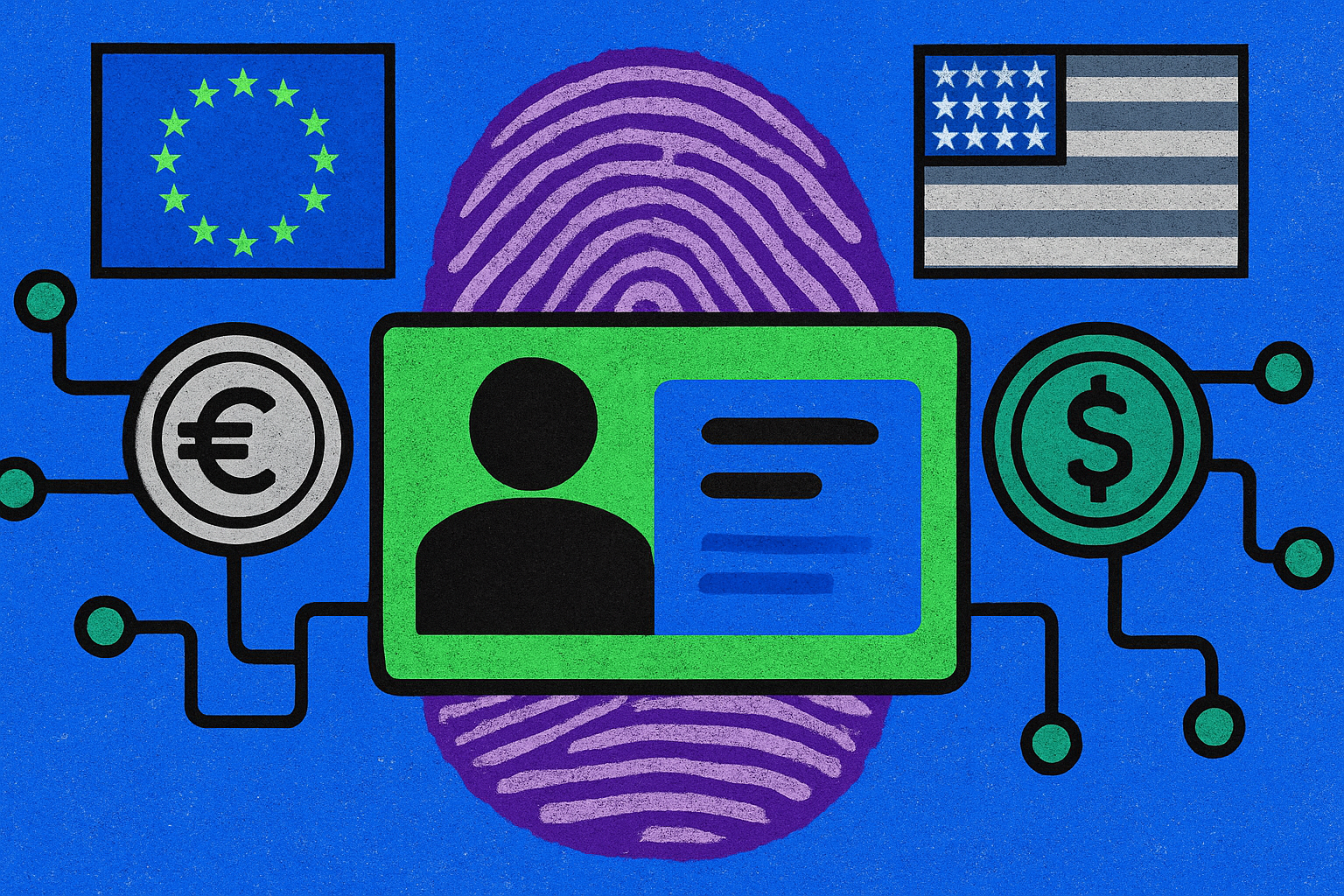
The regulatory landscape for stablecoins in the United States has shifted dramatically with the enactment of the GENIUS Act of 2025. For U. S. stablecoin issuers, this legislation is more than just another compliance hurdle, it’s a comprehensive overhaul that fundamentally changes who can issue payment stablecoins, how reserves must be managed, and what transparency and reporting are now mandatory. If you’re a legal advisor, compliance officer, or executive at a digital asset firm, understanding these new requirements isn’t optional, it’s existential.

Who Can Issue Stablecoins? The Permitted Payment Stablecoin Issuer (PPSI) Framework
At the heart of GENIUS Act stablecoin regulation is a strict licensing regime. Only Permitted Payment Stablecoin Issuers (PPSIs) can issue payment stablecoins to U. S. users. This group includes:
- Subsidiaries of FDIC-insured banks or NCUA-insured credit unions
- Non-bank entities holding state or federal licenses
- Qualified foreign issuers that meet U. S. regulatory standards
The days of anonymous or decentralized teams launching dollar-pegged tokens without oversight are numbered, unless those projects secure formal compliance within a three-year transition window. Applications for PPSI status must be filed with the relevant regulator, who has exactly 120 days to approve or deny; silence means automatic approval, but unsafe activities will get flagged and rejected.
GENIUS Act Reserve Rules: No Room for Algorithmic Tricks
The most seismic shift may be in reserve management. PPSIs must maintain 1: 1 reserves against every outstanding payment stablecoin, no exceptions, no algorithmic stabilization loopholes. Permitted reserves are tightly defined:
Permitted Reserve Assets Under the GENIUS Act
-

U.S. Dollars and Coins: Physical cash held in vaults or on deposit at insured financial institutions remains the most direct and liquid reserve asset permitted for stablecoin backing under the GENIUS Act.
-
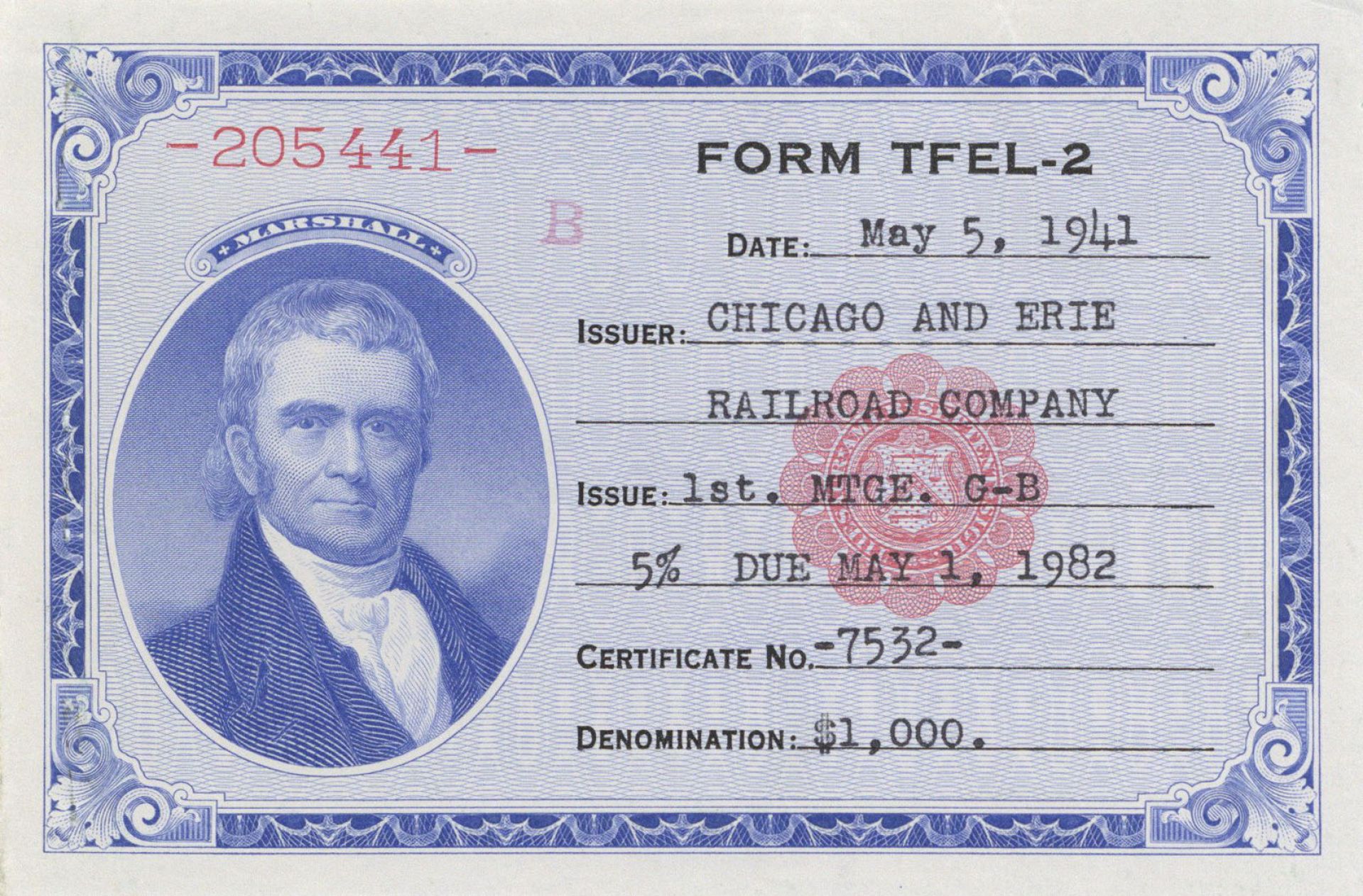
U.S. Treasury Bills: Short-term debt securities issued by the U.S. Department of the Treasury, recognized for their safety and liquidity, are explicitly allowed as reserve assets for stablecoin issuers.
-

Overnight Repurchase Agreements: Highly liquid, collateralized lending arrangements—typically involving U.S. government securities—are permitted, providing daily liquidity and minimal risk.
-

Demand Deposits at Insured Banks: Funds held in checking or savings accounts at FDIC- or NCUA-insured institutions qualify as permitted reserves, ensuring immediate accessibility and federal protection.
-

Shares in Registered Government Money Market Funds: Only shares in SEC-registered funds that invest primarily in government securities are allowed, offering diversification and daily liquidity for stablecoin reserves.
This means only U. S. dollars and coins, Treasury bills, overnight repos, demand deposits, and shares in registered government money market funds count as legitimate backing assets. Commercial paper and anything resembling an algorithmic peg are strictly off-limits.
Reserves must be kept in segregated, bankruptcy-remote accounts, so even if an issuer collapses, holders have first claim on those assets rather than being left as unsecured creditors scrambling for scraps in bankruptcy court.
Transparency and Reporting: Monthly Disclosures Become Non-Negotiable
The GENIUS Act doesn’t just mandate robust reserves, it demands radical transparency from issuers too. PPSIs must publicly disclose redemption policies (including all fees), publish monthly reports on reserve composition and outstanding supply, and have these reports examined by a registered public accounting firm.
Every month, both the CEO and CFO must certify the accuracy of these disclosures, a move designed to make top leadership directly accountable for any misstatements or omissions. For large issuers with over $50 billion outstanding, annual audited financials must be posted online and sent to regulators.
Strategic Takeaway for Issuers
If you’re preparing your compliance roadmap for US stablecoin compliance 2025 under the GENIUS Act, your priorities should include securing licensing as a PPSI, restructuring reserves to meet new definitions (and exit any non-permitted assets), and building out rigorous monthly reporting pipelines with third-party audit capabilities.
Dive deeper into how these requirements intersect with AML rules and operational restrictions in our extended breakdown: GENIUS Act Explained: New Stablecoin Licensing, Reserve and Audit Requirements in the US (2025).
AML, Sanctions, and Operational Boundaries: A New Compliance Frontier
Beyond reserves and transparency, the GENIUS Act stablecoin regulation creates a sweeping compliance perimeter. All PPSIs are now classified as financial institutions under the Bank Secrecy Act, which means they must implement robust anti-money laundering (AML) and sanctions programs. This isn’t a box-checking exercise: regulators expect real-time transaction monitoring, high-value account scrutiny, and technical controls to block or freeze suspicious activity. Every PPSI must appoint an AML officer, conduct regular risk assessments, and submit annual certifications that their programs are up to federal standards.
Sanctions compliance is equally non-negotiable. PPSIs need systems to verify customers against sanctions lists and demonstrate the ability to stop transactions that could violate U. S. law. For many digital asset firms used to light-touch regimes or DeFi anonymity, this represents a radical operational pivot, and one with teeth, given the penalties for violations.
Marketing Conduct and Bankruptcy Protections: Where Consumer Trust Is Won or Lost
The GENIUS Act doesn’t just regulate back-end operations; it also sets boundaries for how stablecoins are marketed. Issuers cannot advertise their products as government-backed or federally insured, no more fuzzy language implying U. S. Treasury endorsement. Bundled purchases and discounts tied to stablecoin use are off-limits, keeping marketing above-board and reducing risks of consumer confusion.
On bankruptcy, the Act delivers unprecedented protection for holders: reserve assets are carved out of the bankruptcy estate entirely, ensuring superpriority status for stablecoin users. This means if an issuer fails, holders have first claim on reserves, well ahead of other creditors or bankruptcy costs. While this protection is a win for consumers, it may complicate restructuring efforts for struggling issuers who find themselves boxed in by these rules.
Key Operational Restrictions Under the GENIUS Act
-
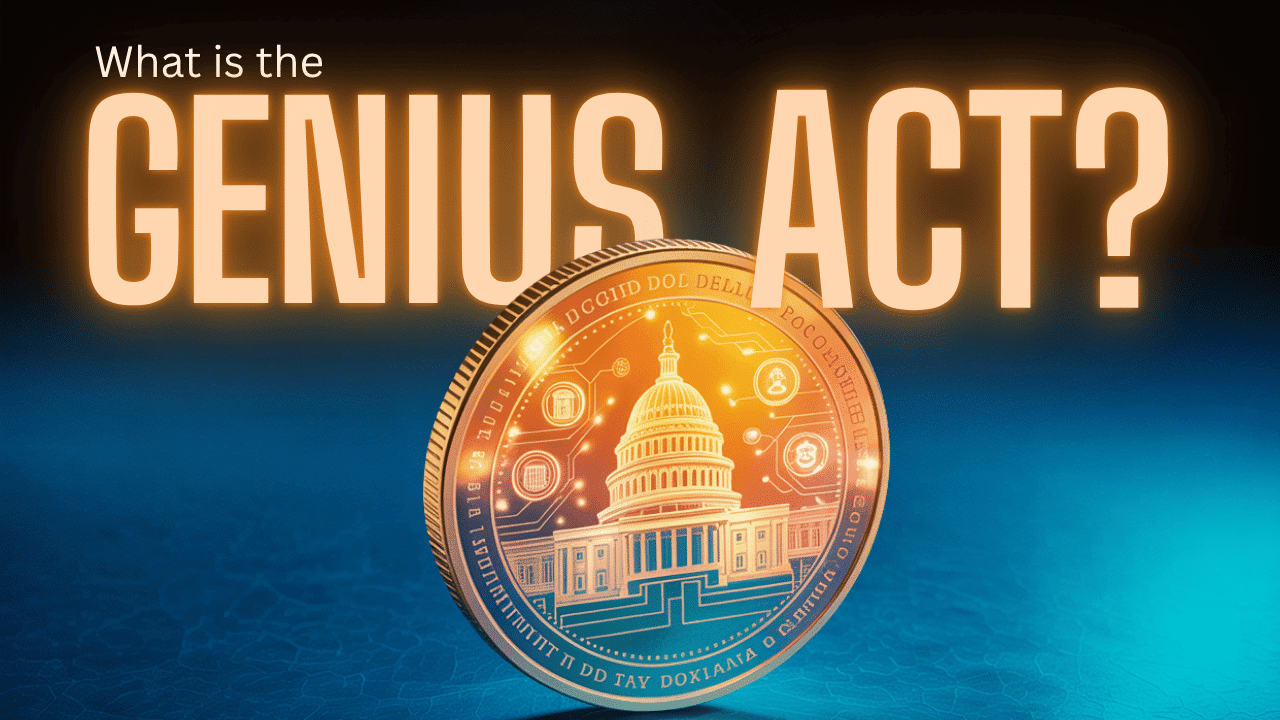
Prohibition on Paying Interest to Stablecoin Holders: Issuers are strictly forbidden from offering interest or yield on payment stablecoins, ensuring these assets do not function as investment products.
-
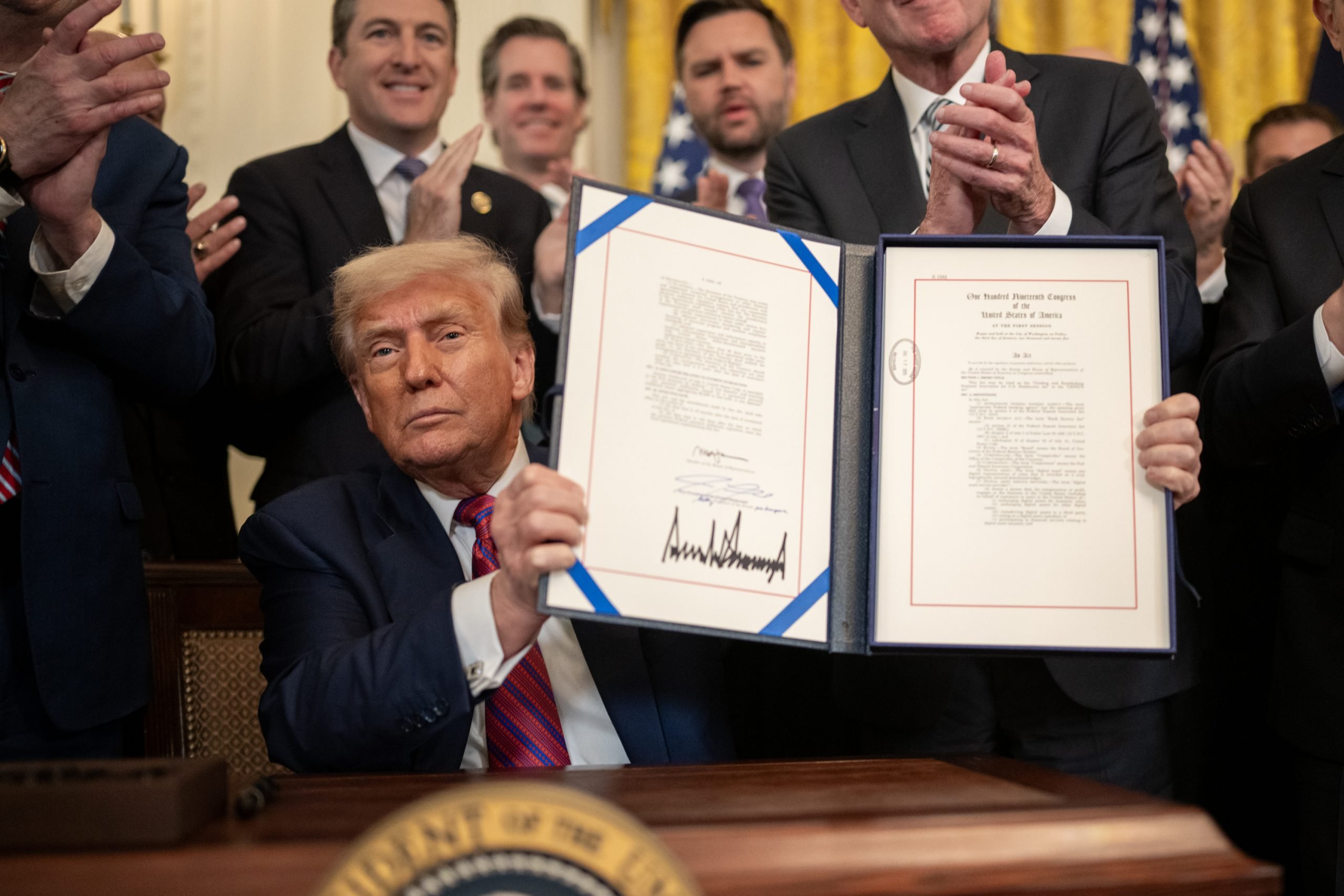
Ban on Unrelated Commercial Activities: Permitted payment stablecoin issuers (PPSIs) may not engage in business activities outside of stablecoin issuance, keeping operations focused and reducing systemic risk.
-

No Bundled Purchases or Conditional Discounts: Issuers cannot require customers to buy other products or services as a condition for accessing stablecoin services, nor can they offer discounts contingent on stablecoin usage.
-
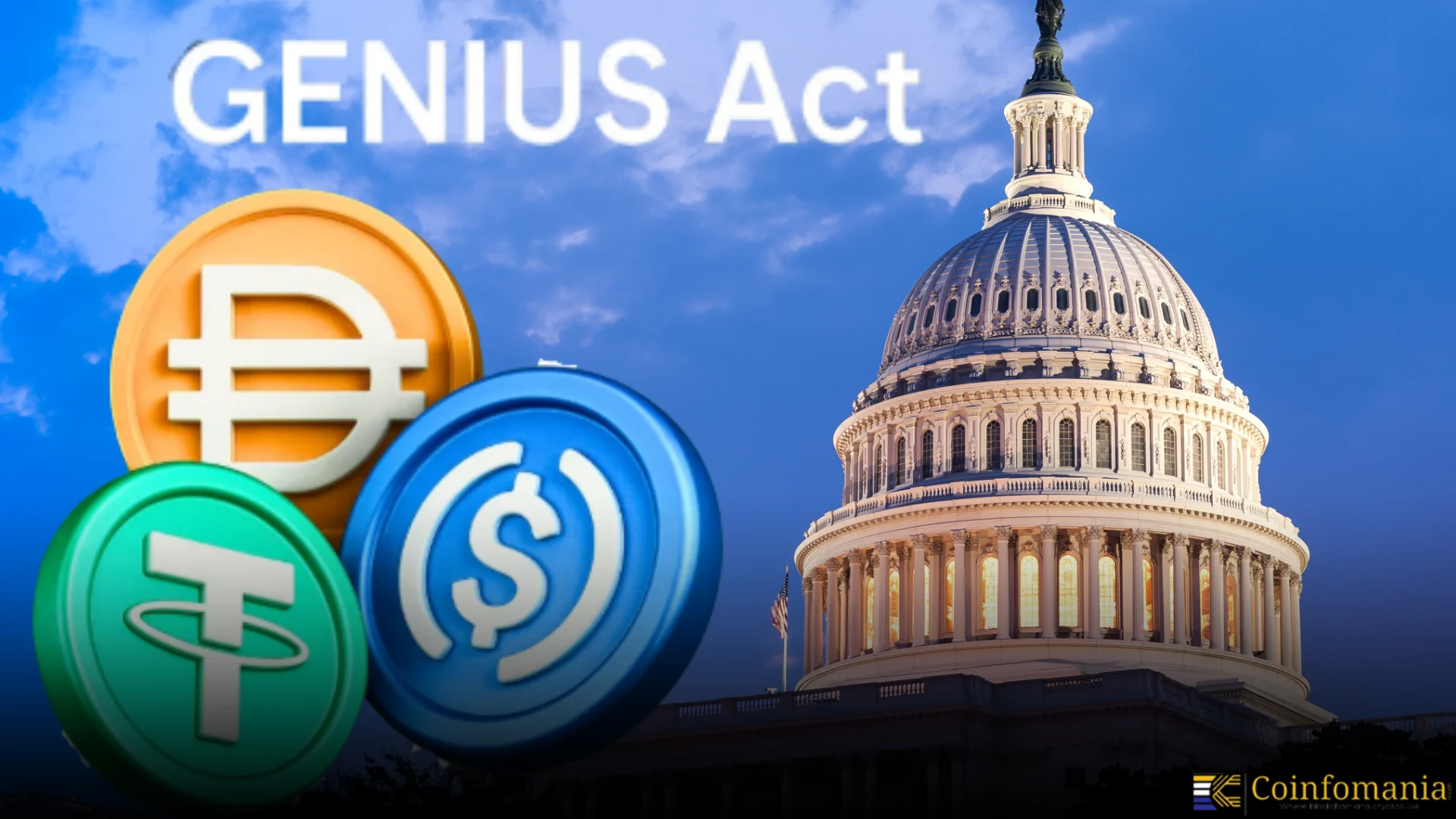
Strict Marketing Guidelines: All marketing materials must avoid language suggesting government backing or federal insurance, preventing consumer confusion about the stability or safety of stablecoins.
-

Segregation of Reserve Assets: Reserve assets backing stablecoins must be held in bankruptcy-remote, segregated accounts, ensuring holders’ funds are protected from issuer insolvency.
-

Superpriority Status for Holders in Bankruptcy: In the event of issuer insolvency, stablecoin holders have first claim on reserve assets, ahead of all other creditors or bankruptcy costs.
Strategic Shifts and Industry Implications
The GENIUS Act’s impact is already visible in how leading issuers are recalibrating their legal structures and compliance investments. Expect consolidation among smaller players unable to meet reserve or audit requirements, and watch for new entrants from traditional finance leveraging their bank charters or regulatory expertise.
This law also sharpens the federal versus state divide: while federally regulated PPSIs face stringent oversight, state-issued stablecoins remain outside some federal provisions. The result is a patchwork landscape, one that rewards adaptability and proactive engagement with both state and federal regulators.
How to Future-Proof Your Stablecoin Business
For legal teams and executives charting a path through US stablecoin compliance 2025, three strategies stand out:
- Prioritize licensing: Secure PPSI status early, regulatory delays can stall market access.
- Audit your reserves: Exit non-permitted assets now; build bankruptcy-remote structures before deadlines hit.
- Level up AML/sanctions tech: Invest in scalable systems that meet both current requirements and future regulatory updates.
The competitive edge will go not just to those who comply but those who anticipate where enforcement will land next, and build resilient frameworks accordingly.
If you want deeper analysis on how these rules interact with global trends, or practical checklists for onboarding your team, explore our full resource suite at How the GENIUS Act Transforms Stablecoin Regulation in the US.


